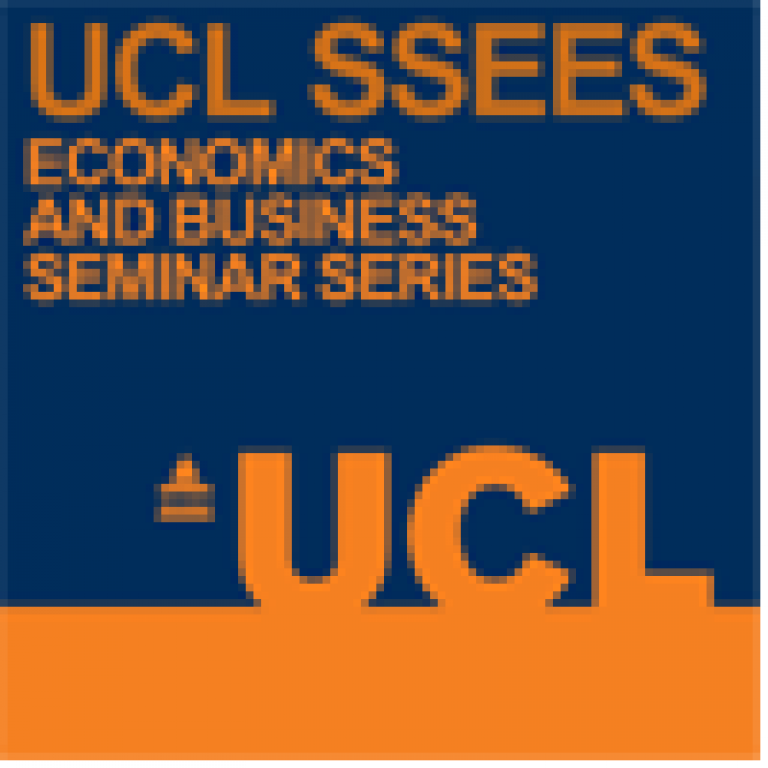Was Domar Right? The Second Serfdom, the Land-Labour Ratio, and Urbanization in Eighteenth-Century Bohemia
20 January 2015, 5:00 pm–6:30 pm

Event Information
Location
-
Roberts 309, UCL, Torrington Place, London, WC1E 7JE
Alex Klein, University of Kent
The ‘second serfdom’ is widely regarded as one of the sources of the early modern Little Divergence, during which the economies of eastern and eastern-central Europe are seen as decisively falling behind those of the west. But what caused the second serfdom? One influential explanation, advanced by Domar (1970), is that high land-labour ratios (such as those in Eastern Europe) motivated landlords to intensify coercion so as to solve problems of labour scarcity. A diametrically opposed ‘neo-Malthusian’ hypothesis holds that high land-labour ratios (such as those that prevailed after the Black Death) motivated landlords to decrease coercion because peasants had better bargaining power.
Our paper investigates these questions quantitatively for an entire economy under the ‘second serfdom’. For Bohemia (the Czech Lands) in 1757, we have compiled a detailed data set of some 11,800 villages and 500 towns using the Theresian Cadaster (Tereziánký katastr) that allowed us to calculate a quantitative measure of the ‘second serfdom’: the total number of days per week the serfs in each village had to perform forced labour for their landlord. We estimated a reduced-form relationship between the intensity of the second serfdom, factor endowments, and serfs’ outside opportunities.
We find that the second
serfdom, as measured by the intensity of labour coercion, was indeed positively
associated with the land-labour ratio, as postulated by Domar. We also find
that the intensity of labour coercion showed a significant and non-trivial
association with the urban sector, although the link is a more complex than
postulated in the literature.
Our findings provide the first quantitative exploration of prevailing theories about what factors led serfdom to be stronger or weaker. We find that the intensity of labour coercion exerted by landlords over serfs was indeed positively associated with high land-labour ratios, but that the intensity of coercion was tempered by serfs’ outside option.
 Close
Close

